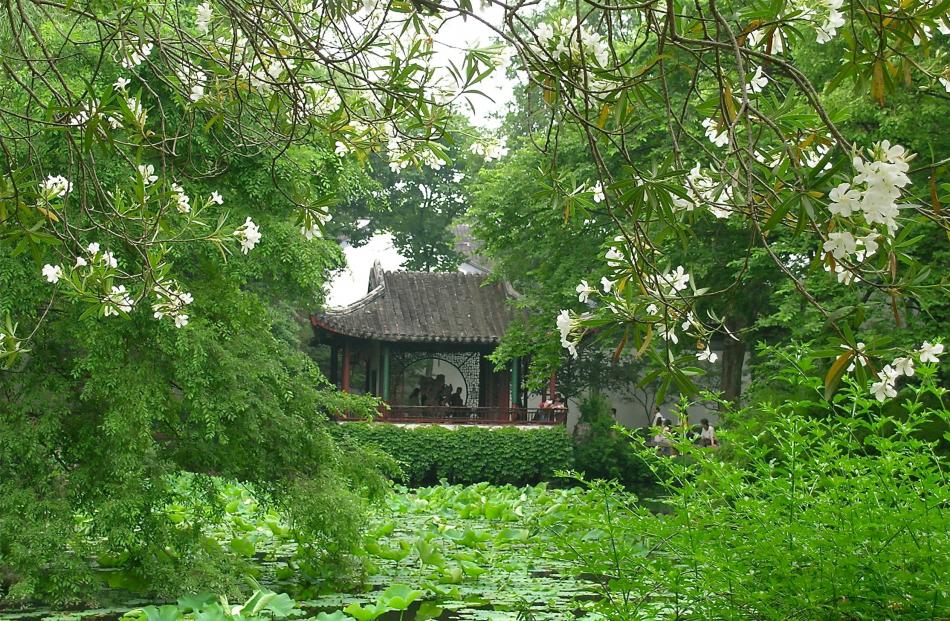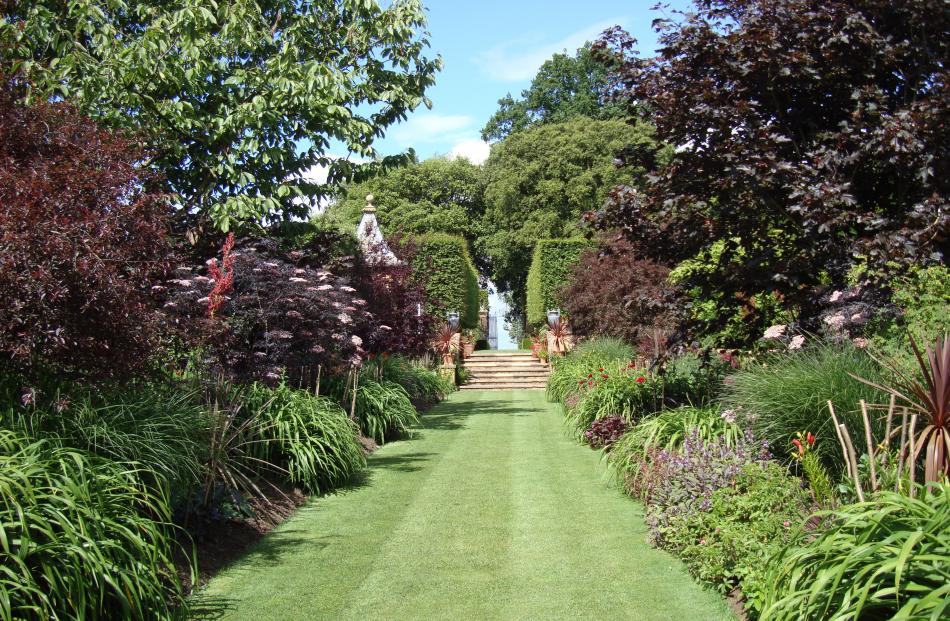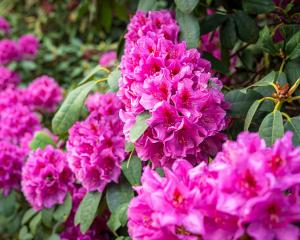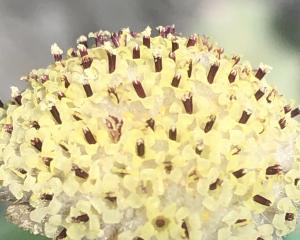Gillian Vine thinks there’s nothing as inspiring as a good garden book. She looks at some recent releases.
Visiting other people’s gardens, whether here or overseas, can be fascinating for almost every one has something that can be applied at home. Matthew Biggs picks up this notion in Lessons from Great Gardeners (Exisle hardback, $34.99).

The format is the same for each entry: a little about the gardener, then what his/her principal contributions to gardening have been. Finally, there is a page called "Lessons from the greats". These vary from E.A. Bowles’ recommendation to share plants so they will not be lost, to Lawrence Johnston’s hedging options at Hidcote and master exhibitor James Veitch jun’s tips for showing plants.
Most of the English gardeners are familiar, including Vita Sackville-West, Christopher Lloyd, Beth Chatto and Penelope Hobhouse, so it is likely that the sections on these entries will attract most of the reader’s attention. Getting the author’s take on what made these men and women great is interesting.

With Christmas looming, Lessons from Great Gardeners is definitely a book to consider as a gift for a relative or friend.
It’s fun reading about others’ gardens but when it comes to getting down and dirty, a new edition of Yates Garden Guide (Collins, softcover, $49.99) is designed to help. Still using the Yates name, although the family ceased to be involved in the company in 1985, this is the 79th edition since the book first appeared in 1895.
These days, Yates Garden Guide covers much more ground than earlier editions, which concentrated on vegetables and flowers, and how to grow them. Now there are chapters on such topics as garden design, roses and designer plants. In packing lots in, the type size has been reduced, which is a bit frustrating. The Australian editor obviously has better eyesight than some of her readers. More seriously, the loser in all this trendiness is accuracy. New Zealand divided into just three climatic zones — subtropical, temperate and cold, with Dunedin plonked into the same zone as Napier. Other errors include giving the same fruiting patterns for blackcurrants and redcurrants (significantly different), and the "top five" plants given for alkaline soils actually do better in ground with neutral pH.

As well as producing vegetables and flowers, the garden can be a source of remedies for various ailments. If, like Australian naturopath Reece Carter, you believe that home remedies "offer a very gentle way to manage day-to-day ailments" and want to give them a go, The Garden Apothecary (Harlequin softcover, $39.99) would be an excellent starting point.
Carter gives some good tips on on growing your own herbs but for those who don’t want to go to the bother, most of his ingredients are available in supermarkets and health-food shops. The likes of ashwaganda, gotu kola and maca root may require effort to track down but there are lots of recipes that use readily available herbs and spices, among them a herbal hot toddy, an unusual Bircher-style "wet" muesli and a yummy dukkah mix. Carter rolls boiled eggs in it, which would make a nice lunch for anyone, not just those interested in treating bloated tums.
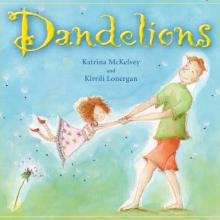
Well-written and varied, The Garden Apothecary may well become a standard introductory book on natural remedies.
Garden-themed books for children tend to be a bit hard to find. A wee charmer is Dandelions by Katrina McKelvey, with illustrations by Kirrili Lonergon (EK softcover, $14.99). It’s as much about an understanding dad as it is about a little girl who loves dandelion heads. Fun for girls aged 4-8 years.

